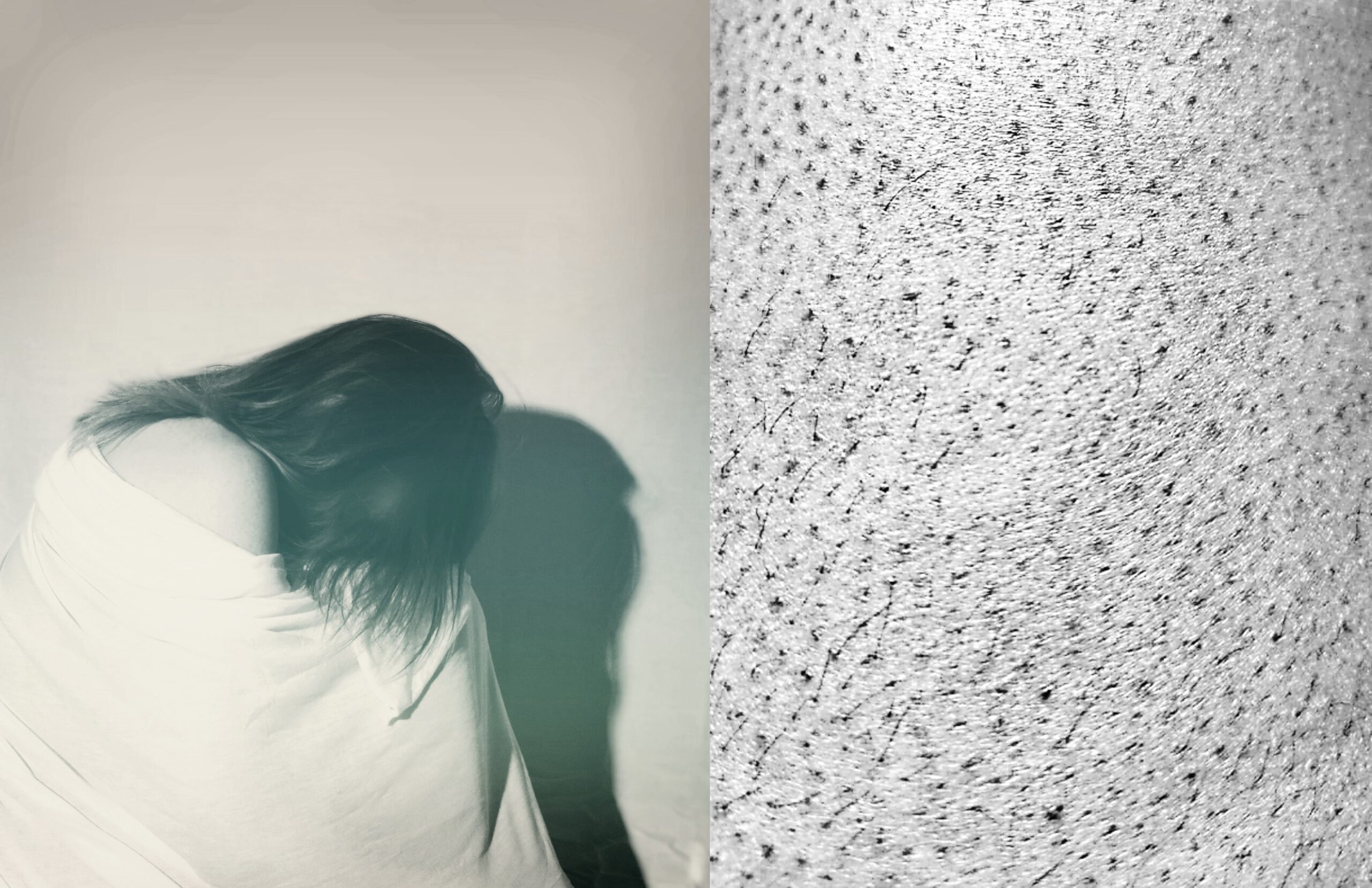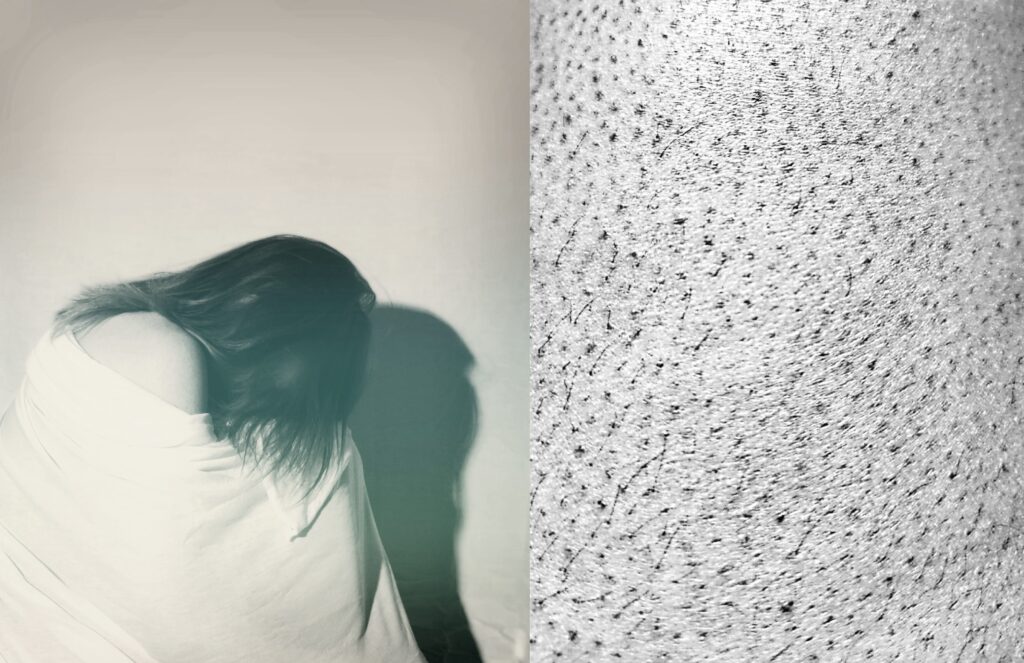Table of Contents
Introduction
Ingrown hairs, the bane of smooth skin seekers everywhere, can be frustrating and uncomfortable. Whether you’re dealing with them on your face, legs, or bikini line, understanding the causes and effective treatments can help you bid farewell to these pesky bumps for good.
What Are Ingrown Hairs?
It occur when hair follicles become trapped beneath the skin’s surface, causing inflammation, redness, and sometimes infection. They commonly occur after shaving, waxing, or plucking, when hair grows back and curls inward instead of rising to the surface.
Causes of Ingrown Hairs
1.Hair Removal Methods: Shaving, waxing, and plucking can disrupt the natural growth pattern of hair, leading to ingrown hairs.
2.Curly or Coarse Hair: Curly or coarse hair is more likely to bend back into the skin, increasing the risk of ingrown hairs.
3.Tight Clothing: Wearing tight clothing, especially immediately after hair removal, can trap hair follicles and contribute to ingrown hairs.
4.Dead Skin Cells: Buildup of dead skin cells can block hair follicles, preventing hair from growing outward and leading to ingrown hairs.
Prevention Tips
1.Exfoliate Regularly: Use a gentle exfoliating scrub or a washcloth to remove dead skin cells and prevent follicle blockage.
2.Use Proper Shaving Techniques: Shave in the direction of hair growth using a sharp razor and shaving cream to minimize irritation and ingrown hairs.
3.Avoid Tight Clothing: Opt for loose-fitting clothing, especially after hair removal, to allow hair to grow freely without obstruction.
4.Moisturize Daily: Keep your skin hydrated with a moisturizer to prevent dryness and reduce the likelihood of ingrown hairs.
Treatment Options
1.Warm Compress: Apply a warm compress to the affected area to soften the skin and help hair break through the surface.
2.Topical Treatments: Use over-the-counter products containing salicylic acid or glycolic acid to exfoliate and unclog pores.
3.Avoid Picking: Refrain from picking or squeezing ingrown hairs, as this can lead to infection and scarring.
4.Professional Treatment: In severe cases, consider seeking professional help from a dermatologist who may prescribe topical or oral medications to alleviate inflammation and prevent infection.
Conclusion
Ingrown hairs can be a nuisance, but with the right knowledge and preventive measures, you can minimize their occurrence and keep your skin smooth and bump-free. Remember to exfoliate regularly, use proper shaving techniques, and moisturize your skin. If you do experience ingrown hairs, resist the urge to pick or squeeze them and consider seeking professional treatment for persistent or severe cases.
Herbal Remedies
Ingrown hairs can be uncomfortable and unsightly, but there are several herbal remedies that can help alleviate the irritation and promote healing. Here are some effective herbal treatments for ingrown hairs:
1.Tea Tree Oil: Known for its antimicrobial and anti-inflammatory properties, tea tree oil can help reduce inflammation and prevent infection. Apply diluted tea tree oil directly to the affected area using a cotton swab.
2.Aloe Vera: Aloe vera gel has soothing and healing properties that can help alleviate the discomfort associated with ingrown hairs. Apply a thin layer of aloe vera gel to the affected area and leave it on for 15-20 minutes before rinsing off with lukewarm water.
3.Witch Hazel: Witch hazel is a natural astringent that can help reduce inflammation and soothe irritated skin. Apply witch hazel to the affected area using a cotton ball or pad.
4.Calendula: Calendula has anti-inflammatory and antibacterial properties that can help reduce redness and prevent infection. Apply calendula cream or ointment to the affected area several times a day.
5.Chamomile: Chamomile has soothing and anti-inflammatory properties that can help relieve itching and irritation caused by ingrown hairs. Brew a cup of chamomile tea, allow it to cool, and apply it to the affected area using a cotton ball or pad.
6.Lavender Oil: Lavender oil has calming and anti-inflammatory properties that can help reduce redness and irritation. Mix a few drops of lavender oil with a carrier oil such as coconut or jojoba oil and apply it to the affected area.
7.Green Tea: Green tea contains antioxidants and anti-inflammatory properties that can help reduce inflammation and promote healing. Brew a cup of green tea, allow it to cool, and apply it to the affected area using a cotton ball or pad.
These herbal remedies can help alleviate the discomfort and irritation associated with ingrown hairs while promoting healing and preventing infection. Incorporate these natural solutions into your skincare routine for smooth, healthy-looking skin.
References
https://www.healthdirect.gov.au/ingrown-hair
https://my.clevelandclinic.org/health/diseases/17722-ingrown-hair
https://www.healthline.com/health/infected-ingrown-hair



Such a useful article! Thank you for always providing great content.
Thank you so much for your kind words! Your support encourages me to continue creating valuable content. If you ever have any topics or questions you’d like covered, feel free to let me know!